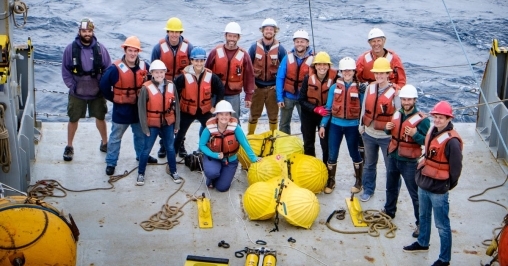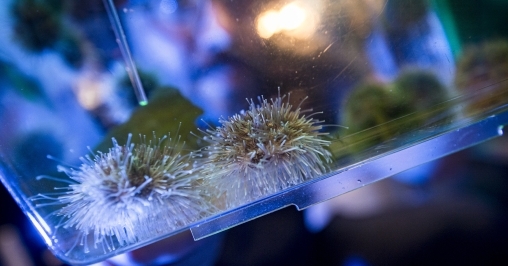Celebrate 25 Years of The Preuss Promise April 27
GivingThe campus and local community is invited to support the success of young scholars at The Preuss School UC San Diego, a charter middle and high school on the university campus, at the annual Preuss Promise benefit celebration on April 27 at The Preuss School.
























